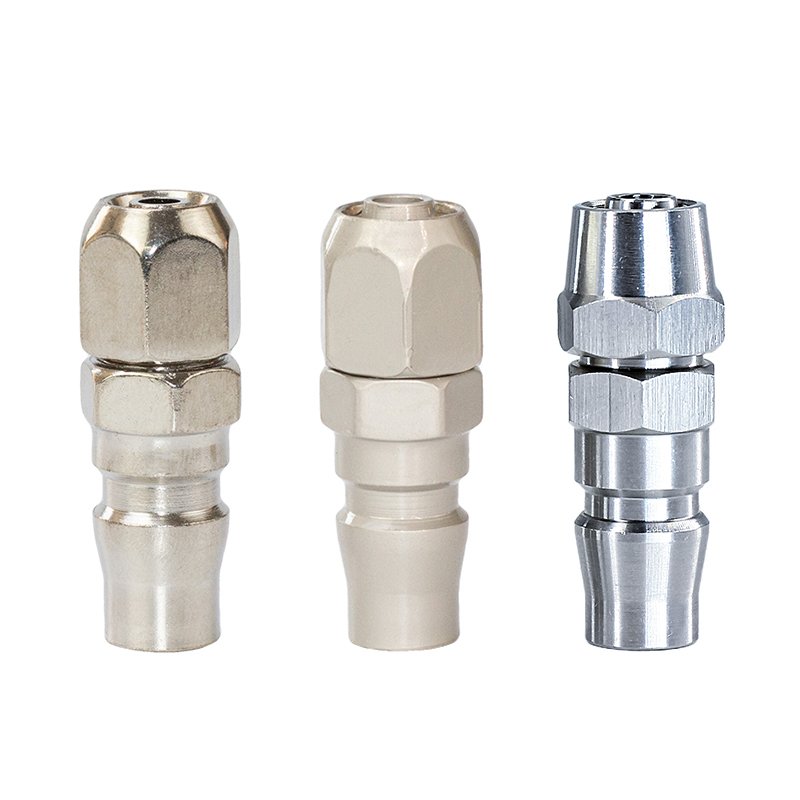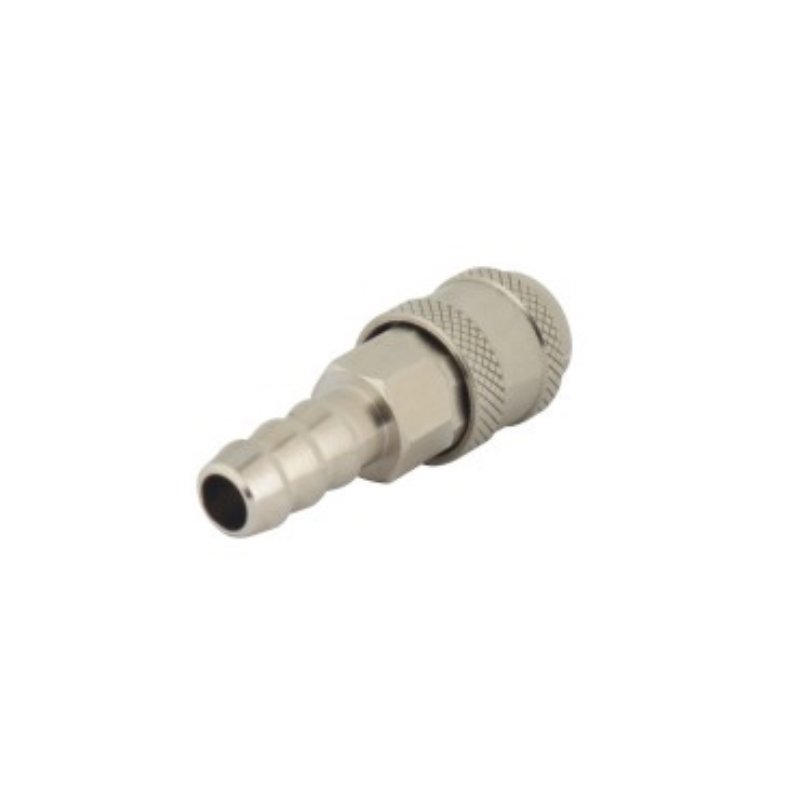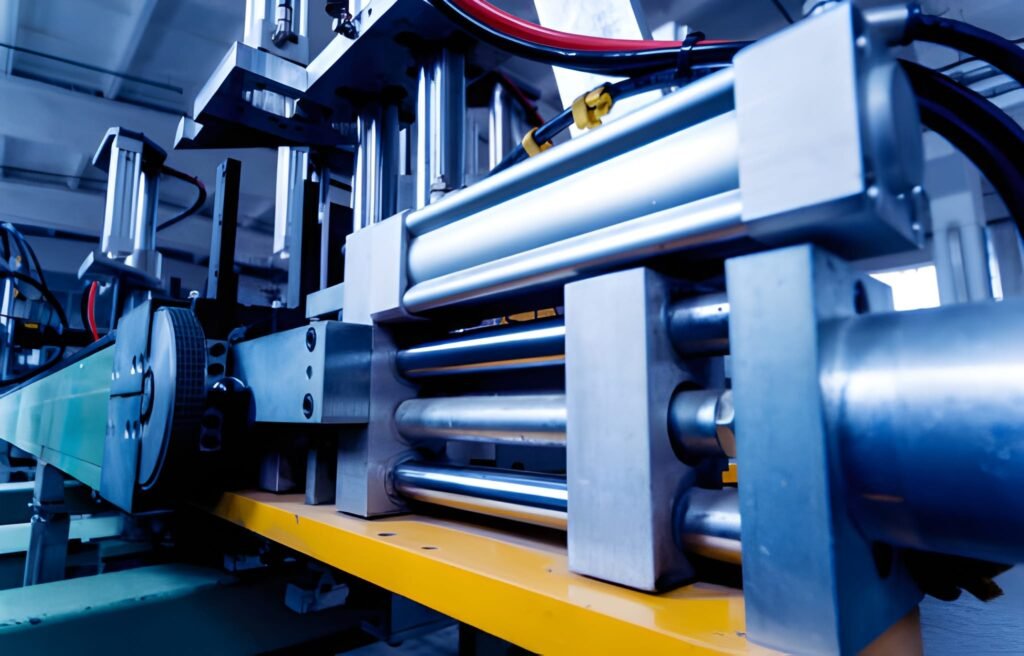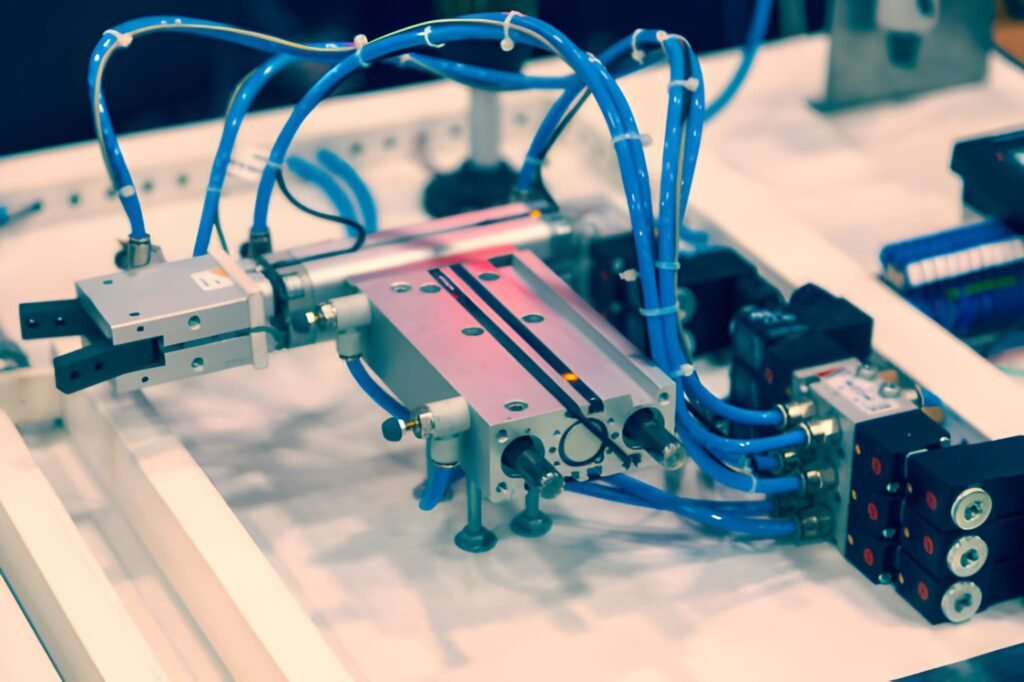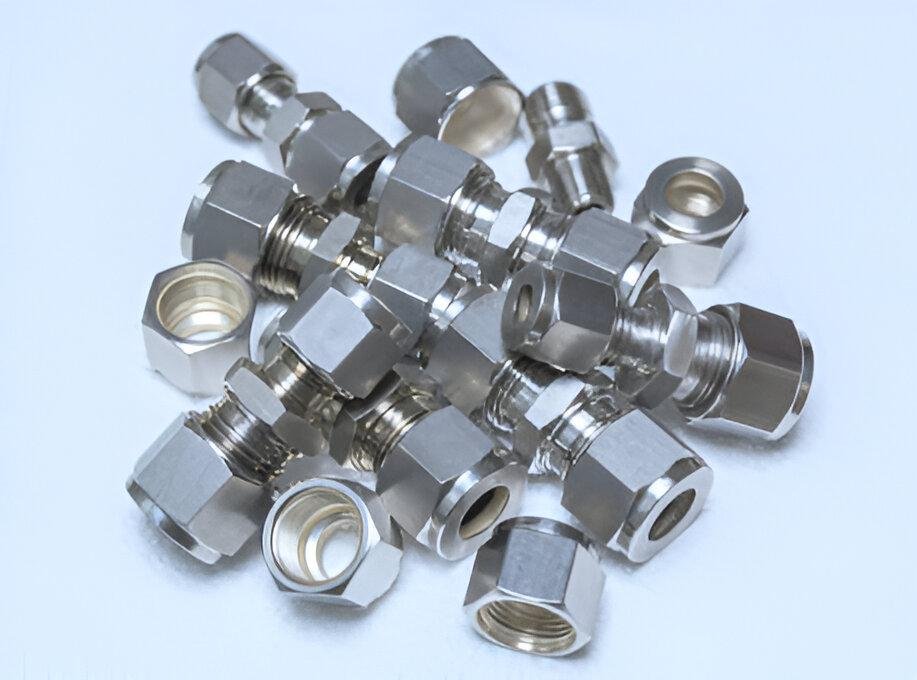The copper barb connector is a versatile pipe accessory commonly used for various applications. It comes in different specifications and can connect hoses with varying inner diameters. The installation and disassembly of these connectors are straightforward, thanks to their flexible connection methods. Made from copper, these connectors offer excellent corrosion resistance and mechanical strength, making them suitable for long-term use across diverse environments. They find applications in water supply systems, gas pipelines, agricultural irrigation, and industrial hydraulics. Choosing the right copper barb connector can enhance the reliability and longevity of pipeline systems.

Copper barb connector with PVC pipes
Characteristics of PVC pipes
PVC pipes are lightweight, strong, and resistant to corrosion. PVC-U pipes are particularly noted for their corrosion resistance and low cost but are limited to low-temperature fluids due to the potential leaching of additives. Soft PVC pipes are flexible and often used in hot and cold water applications; however, they can become brittle over time due to plasticizers.
Application examples in PVC pipes
Copper barb connectors effectively link PVC hoses to valves and pumps. The installation involves inserting the PVC hose into the connector’s barb, securing it with a clamp, and then attaching it to equipment via threaded ends. This method ensures a good seal. In water supply systems, these connectors are frequently used to connect branch pipes through fittings like tees and elbows. For larger diameter PVC pipes, a socket-type flexible connection with rubber sealing is also an option.
Copper barb connector with PE pipes
Features of PE pipes
PE pipes boast excellent flexibility, resistance to low temperatures, and chemical durability. They are non-toxic and odorless, making them ideal for water supply. Their construction is straightforward, typically involving hot-melt butt or electric fusion connections that maintain system integrity under stress.
Application examples in PE pipes
PE pipes boast excellent flexibility, resistance to low temperatures, and chemical durability. They are non-toxic and odorless, making them ideal for water supply. Their construction is straightforward, typically involving hot-melt butt or electric fusion connections that maintain system integrity under stress.
Copper barb connector with metal pipes
Characteristics of metal pipes
Metal pipes include copper, galvanized steel, and stainless steel varieties. They are known for their strength, high-temperature resistance, and long service life. Copper pipes provide optimal performance but come at a higher cost; galvanized steel is economical but prone to corrosion; stainless steel offers corrosion resistance but can be brittle.
Application examples in metal pipes
Copper barb connectors facilitate connections between metal hoses and various equipment. For copper pipes, direct welding using copper joints is an option. Galvanized steel pipes require threading before connection. In composite pipe systems, these connectors link different materials effectively while ensuring compatibility.

Application Scenarios for Barb Connectors
Application in household water supply system
In household hot and cold water pipes, branch pipes are mostly made of PVC or PE pipes. The main pipe and branch pipe are connected with a threaded tee, and the end of the branch pipe is connected to the faucet hose with a copper barb connector. The connecting pipes of the solar water heating system are mostly stainless steel corrugated pipes, and the connection with the water tank and circulation pump is also inseparable from the copper barb.
Application in agricultural irrigation system
Modern agricultural irrigation mostly uses PE pipes and drip irrigation tapes. Copper barb connectors are used to connect PE main pipes with drip irrigation tapes, micro sprinklers, fertilizer tanks and other equipment. At the wellhead, it is often necessary to connect the submersible pump outlet pipe with the PE pipe, and the copper barb connector is the most convenient and reliable choice.
Application in industrial pipeline system
Most of the pipeline connections in the industrial field are threaded or flanged. However, in occasions with frequent vibration and complex pipelines, a certain number of hose connections are still required, and the copper barb connector can play a role at this time. For example, in hydraulic systems, copper barb connectors are used to connect high-pressure oil pipes with hydraulic components. In chemical plants, copper barb connectors are used to connect plastic hoses such as PVC and PP with equipment and valves.
How to choose barb connectors suitable for different pipes
Selection Criteria
When selecting a copper barb connector, consider the pipe material and diameter first; ensure compatibility between connector materials and pipe types (e.g., plastic or copper for PVC). Assess working conditions such as medium type, pressure levels, and temperature ranges to choose appropriate materials.
Precautions
Ensure clean cuts on pipe ends for proper connector insertion without excessive force. Applying grease can help reduce friction during assembly. In high-vibration environments, using connectors at both hose ends enhances reliability.
For high cleanliness areas, stainless steel options may be preferable.For buried pipelines, implement anti-corrosion measures at connections and consider inspection wells for maintenance access. In long-distance installations, use fixed supports to minimize stress on the pipeline while ensuring that valve connections remain accessible for operation and maintenance.


